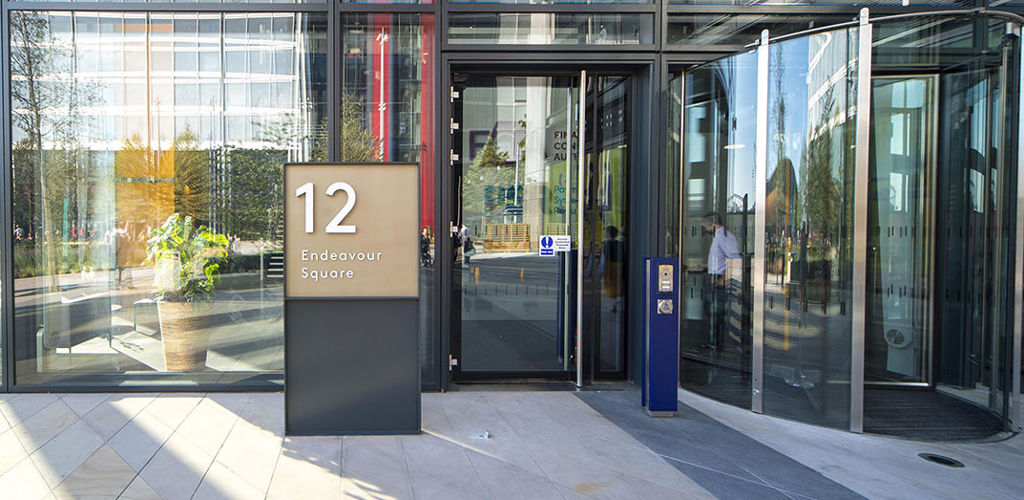The call for a regulator to oversee the payment systems industry began with a series of reviews, starting with the Cruickshank Report in 2000. This was followed by a number of subsequent government-led reviews, reports and consultations.
Following HM Treasury’s consultation Opening Up UK Payments in March 2013 the PSR was officially created under the Financial Services (Banking Reform) Act 2013.
In April 2014 the PSR started work, engaging with the payments systems industry. The PSR became fully operational a year later on 1 April 2015.
Brief history of the PSR
1 April 2015
- The Payment Systems Regulator officially launches with full regulatory and concurrent competition powers alongside the Competition & Markets Authority (CMA).
25 March 2015
- Policy Statement published setting out the PSR’s regulatory framework.
16 March 2015
- HM Treasury confirms which payment systems are to be designated.
12 January 2015
- Formal consultation period closes. 88 written responses received from across the industry.
9 December 2014
- PSR formal consultation stakeholder event.
3 December 2014
- First PSR Panel meeting.
November 2014
- PSR Panel members appointed.
- Formal consultation period begins and remains open for 8 weeks.
14 October 2014
- HM Treasury consultation on designation of payment systems to be regulated by the PSR.
May to November 2014
- Face-to-face engagement with stakeholders: workshops, events and meetings
13 May 2014
- Hannah Nixon appointed PSR managing director.
15 April 2014
- Responses received from Call for Inputs.
April 2014
- Incorporation of the PSR and PSR board appointed.
5 March 2014
- FCA publishes Call for Inputs that asks for views on the UK payments industry, starts stakeholder engagement and sets a timeline.
December 2013
- Financial Services (Banking Reform) Act 2013 receives Royal Assent and provides for the establishment of the Payment Systems Regulator.



